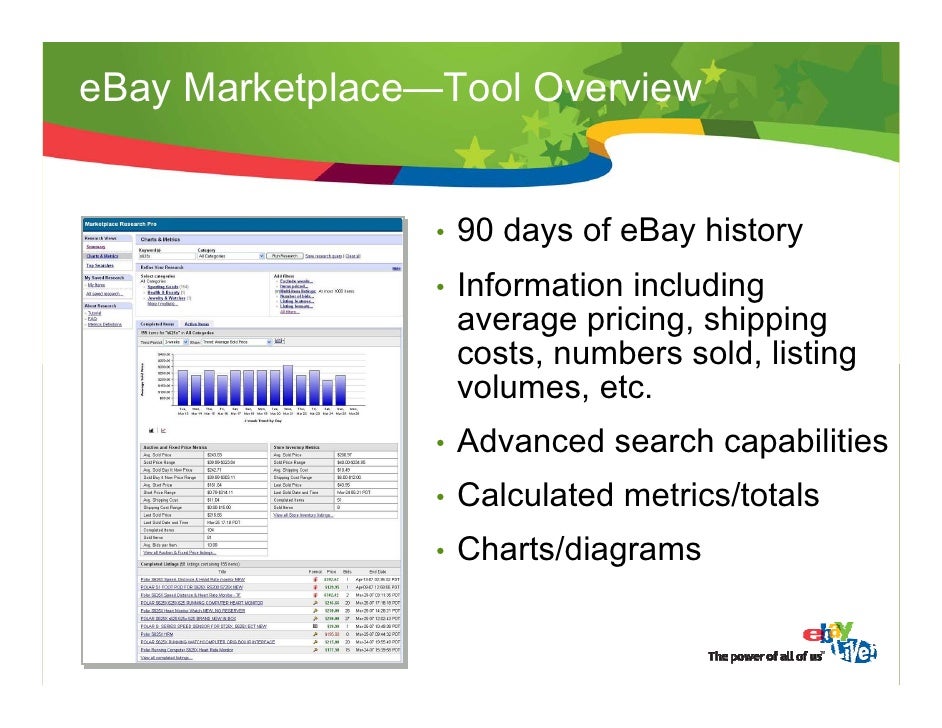Why Understanding eBay’s Top Sellers Matters
For eBay sellers, knowing what products are in demand is crucial to success. By understanding what’s selling well on the platform, sellers can make informed decisions about which products to list, how to price them, and how to market them to potential buyers. This knowledge can lead to increased sales, improved pricing, and reduced competition. In fact, sellers who take the time to research and understand eBay’s top sellers are more likely to achieve higher sales volumes and profits. To see what’s selling on eBay, sellers can use a variety of tools and techniques, including the platform’s built-in features and third-party market research tools. By leveraging these resources, sellers can gain a competitive edge and stay ahead of the curve in the ever-changing world of e-commerce. Whether you’re a seasoned eBay seller or just starting out, understanding what’s selling well on the platform is essential to achieving success. So, how do you see what’s selling on eBay? Let’s take a closer look.
Using eBay’s Built-in Tools to Find Top Sellers
eBay provides several built-in tools that can help sellers find top-selling products on the platform. Two of the most useful tools are “Completed listings” and “Sold listings”. These features allow sellers to see what products have recently sold on eBay, as well as the prices they sold for. By using these tools, sellers can gain valuable insights into what products are in demand and how to price them competitively. To access these features, sellers can simply click on the “Advanced search” link on the eBay homepage and select “Completed listings” or “Sold listings” from the dropdown menu. From there, they can filter and sort the results by category, price, and other criteria to find the most relevant information. For example, a seller looking to find top-selling electronics on eBay could filter the results by category and sort them by price to see which products are selling for the highest prices. By using these built-in tools, sellers can quickly and easily find top-selling products on eBay and make informed decisions about which products to list and how to price them.
How to Utilize eBay’s Category-Based Sales Data
eBay’s category-based sales data is a valuable resource for sellers looking to understand what products are in demand on the platform. This data provides insights into top-selling categories, subcategories, and product trends, allowing sellers to make informed decisions about which products to list and how to price them. To access eBay’s category-based sales data, sellers can use the platform’s “Category Insights” tool, which provides a breakdown of sales data by category and subcategory. This tool also allows sellers to filter results by time period, location, and other criteria, making it easy to identify trends and patterns in sales data. For example, a seller looking to find top-selling electronics on eBay could use the Category Insights tool to see which subcategories are driving the most sales, and then use that information to inform their listing and pricing strategy. Additionally, eBay’s category-based sales data can be used to identify gaps in the market and opportunities for growth. By analyzing sales data and identifying areas where demand is high but supply is low, sellers can create listings that meet the needs of buyers and drive sales.
Leveraging Third-Party Tools for eBay Market Research
In addition to eBay’s built-in tools, there are several third-party tools that can help sellers find top-selling products, track prices, and analyze sales data. Terapeak, Algopix, and Helium 10 are three popular options that offer a range of features and insights to help sellers optimize their listings and sales strategies. Terapeak, for example, provides detailed sales data and trends for specific products and categories, allowing sellers to identify opportunities and gaps in the market. Algopix, on the other hand, offers a comprehensive suite of tools for product research, including sales data, price tracking, and competitor analysis. Helium 10 is another popular option that provides a range of tools for product research, including sales data, price tracking, and keyword optimization. By leveraging these third-party tools, sellers can gain a deeper understanding of the eBay market and make more informed decisions about which products to list and how to price them. For example, a seller looking to find top-selling electronics on eBay could use Terapeak to analyze sales data and trends, and then use that information to inform their listing and pricing strategy. By combining the insights and tools provided by these third-party tools, sellers can create a winning eBay sales strategy that drives sales and revenue.
Identifying Seasonal and Trending Products on eBay
Identifying seasonal and trending products on eBay can help sellers capitalize on demand and increase sales. One way to do this is by using Google Trends, which provides insights into what products are currently popular and trending. For example, a seller looking to find trending products in the electronics category could use Google Trends to see what products are currently in high demand. Another way to identify seasonal and trending products is by using social media, such as Twitter and Facebook, to see what products are being talked about and shared. eBay’s own seasonal guides can also provide valuable insights into what products are in demand during different times of the year. By combining these sources of information, sellers can get a comprehensive understanding of what products are currently in demand and adjust their listings accordingly. For instance, a seller who identifies that winter clothing is currently trending on eBay could adjust their listings to include more winter clothing items, and use keywords related to winter clothing to improve visibility. By staying on top of seasonal and trending products, sellers can increase their chances of success on eBay.
Analyzing Your Competition on eBay
Analyzing your competition on eBay is crucial to understanding the market and creating a winning sales strategy. By researching your competitors, you can identify gaps in the market, understand their pricing and listing strategies, and adjust your own strategy accordingly. One way to analyze your competition is by using eBay’s “Completed listings” feature, which allows you to see what similar products have sold for in the past. You can also use third-party tools such as Terapeak or Algopix to analyze your competitors’ sales data and identify trends. Additionally, you can use eBay’s “Seller Hub” to track your competitors’ sales and adjust your own listings for maximum visibility and sales. By analyzing your competition, you can gain a competitive edge and increase your chances of success on eBay. For example, if you notice that your competitors are selling a particular product at a high price, you can adjust your own listing to offer a competitive price and attract more buyers. By staying on top of your competition, you can stay ahead of the game and achieve success on eBay.
Using eBay’s Seller Hub to Track Sales and Trends
eBay’s Seller Hub is a powerful tool that allows sellers to track sales, monitor trends, and adjust their listings for maximum visibility and sales. By using Seller Hub, sellers can gain valuable insights into their sales performance, including information on which products are selling well, which listings are driving the most traffic, and which keywords are most effective. Seller Hub also provides sellers with access to eBay’s sales data, including information on top-selling categories, subcategories, and product trends. By analyzing this data, sellers can identify opportunities to optimize their listings and improve their sales performance. Additionally, Seller Hub allows sellers to track their competitors’ sales and adjust their own listings accordingly. For example, a seller who notices that a competitor is selling a similar product at a higher price can adjust their own listing to offer a competitive price and attract more buyers. By using Seller Hub to track sales and trends, sellers can stay ahead of the competition and achieve success on eBay.
Putting it All Together: Creating a Winning eBay Sales Strategy
By combining the insights and tools discussed throughout this article, sellers can create a winning eBay sales strategy that drives sales and revenue. To start, sellers should use eBay’s built-in tools, such as “Completed listings” and “Sold listings”, to find popular products and identify trends. They should also leverage third-party tools, such as Terapeak and Algopix, to gain a deeper understanding of the market and identify opportunities to optimize their listings. Additionally, sellers should analyze their competition on eBay, using tools like Seller Hub to track sales and trends, and adjust their sales strategy accordingly. By staying on top of seasonal and trending products, and using eBay’s category-based sales data to inform their listings, sellers can increase their chances of success on the platform. Finally, by using the tips and strategies outlined in this article, sellers can create a comprehensive eBay sales strategy that drives sales, revenue, and growth. By following these steps, sellers can unlock eBay’s best-selling secrets and achieve success on the platform.








